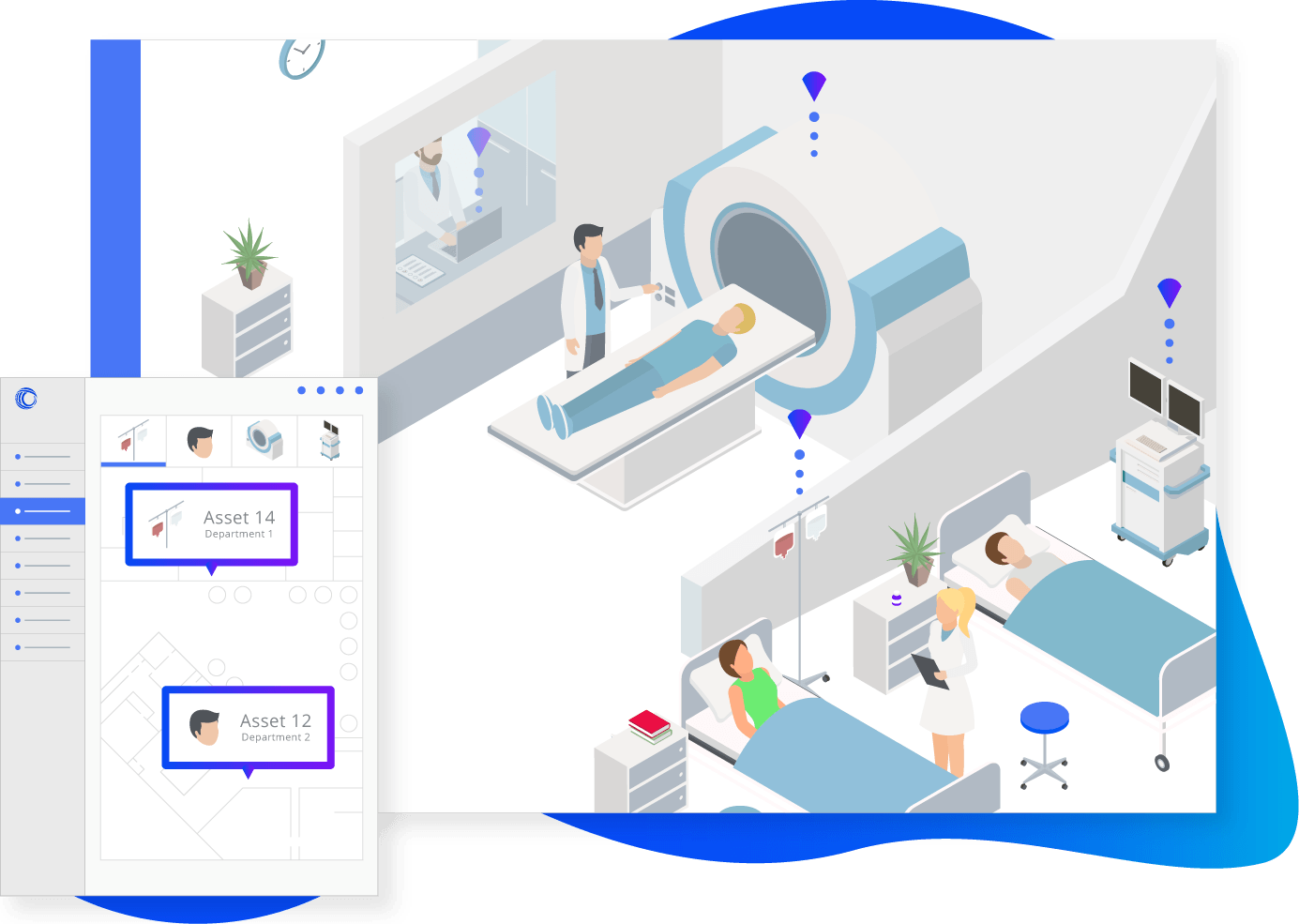
Nearly every healthcare setting wants to improve their patient flow.
Overcrowded emergency rooms. Convoluted surgery schedules. Clunky patient handoffs between departments. Delayed discharges. Ambulance diversions. Long wait times for care or, even worse, patients abandoning treatment due to long wait times.
Disruptions in the patient flow need to be taken seriously.
But what kind of data do hospital administrators need to make informed changes to their patient flow and where do they find it?
Rich, actionable data must pinpoint when and where obstructions to patient flow occur. It’s not enough for hospital administrators to simply observe instances where patients sit for hours in a hallway waiting for a bed. Designing lasting solutions to prevent this type of patient boarding, and other breakdowns in patient flow, requires a data trail showing what led to a patient being put in the situation in the first place.
This data is often difficult to scrape together. IT solutions have been introduced, but it is still a challenge to monitor the full cycle of a patient’s journey through the flow of care. Even though the move to electronic medical records solved the issue of silos of data, systems are still reliant on people to manually enter data, and it usually does not happen in real time.
Now, using scalable cloud-based solutions with sensors, hospitals can measure every area of their patient experience and automate outdated clinical processes using modern location services solutions. Apps deployed over an Internet of Things (IoT) cloud, utilizing Bluetooth Low Energy (BLE), provide real-time location data that fuel solutions to major pain points of patient flow.
With location services powered by Bluetooth Low Energy (BLE) technology, hospitals can track a patient’s experience from intake to discharge. Patients’ wait times in admissions, exam rooms, pharmacies, or even moving through the halls can be closely monitored. Because of these solutions, hospitals can measure their level of actual service times—the tangible times that patients are engaged in the care flow.
This has benefits such as automated alerts to physicians to check on patients who have been waiting for a longer than normal period of time or expediting admissions by allowing patients to check-in via their smartphones using location-aware mobile apps.
The identity of a patient can be carried more efficiently through the care process, streamlining transfers between departments and improving patient safety. Clinical staff can find the equipment they need, when they need it, with smart asset tracking.
Location-based data lets staff know the status of equipment too—no more hunting for an IV pump just to discover that it needs maintenance. Simple tasks such as pulling up patients’ charts when doctors enter their rooms can be automated with room entry detection. Speeding up these small tasks can add up to major improvements in overall patient flow.
Hospitals can harvest intelligent data from across their facility to identify patient flow disruptions that span multiple departments. Areas where hospitals may not know they are lagging in their service times become visible when patient flow is tracked at scale.
Real-time location data can efficiently distribute floating staff during emergencies or slow periods, reducing wasted manpower. By tracking patient flow with location services, hospitals move beyond operating based on habit or staff instinct.
Location-based data unlocks the information needed for hospitals to have their resources in the right place at the right time. In modern hospitals, optimizing patient flow requires more nuanced approaches than the expensive option of hiring more staff or building a new hospital wing.
Similarly, lasting efficiency is not created by pushing staff beyond their means. With smart data, hospital administrators equip their staff to deliver better patient care with less wasted effort or resources. Effective patient flow leads to satisfied, not overworked, staff.
Even non-clinical staff benefit from managing patient flow through a cloud-based ecosystem. Automated alerts about which rooms patients have been discharged from or how long has passed since a cleaning prepares housekeeping to easily stay compliant with turnover and hygiene standards.
Handling these solutions in one cloud-based ecosystem lowers costs and improves collaboration between departments. Patient handoffs across departments, or even across facilities, operate smoothly when critical information about patients—their charts, scheduled surgeries, etc.—travels with them over location-based apps.
Forward-looking healthcare institutions that deploy comprehensive location-aware suites of apps stand to lead the way in delivering quality, efficient healthcare. Many hospitals already see the benefits of location-based solutions; the healthcare industry is adopting these technologies at one of the fastest rates. Hospitals that don’t consider how location service solutions can fit into their settings will delay introducing new ways to boost productivity, improve efficiency and reduce risk.
The value of these solutions directly benefits patients and can be directly communicated to patients. Improvements to patient flow shouldn’t necessarily happen behind the scenes. Patients want to know they won’t have to wait for hours to see a doctor or have their scheduled surgery bumped. When hospitals retool their patient flow processes, they can market those improvements directly to patients.
Location services is a new frontier for healthcare facilities.
Already, they lead to better patient flow by lowering patient wait times, increasing capacity for services without adding staff, decreasing bed-turnover times, removing operational barriers through automation, and breaking down information silos within healthcare settings.
The full range of location services’ benefits for healthcare institutions is only growing. Hospitals need to consider these modern solutions for both their patients’ and staff’s sakes.
Robert Kowalik is the Director of the Healthcare Practice, Bluvision (part of HID Global) that is leading the innovation in the IoT space as market leaders in sensor beacons, pioneers of achieving cloud connectivity without the need for smartphone applications, and the first to offer cloud solution that allows remote global beacon deployment, and RTLS solutions.

